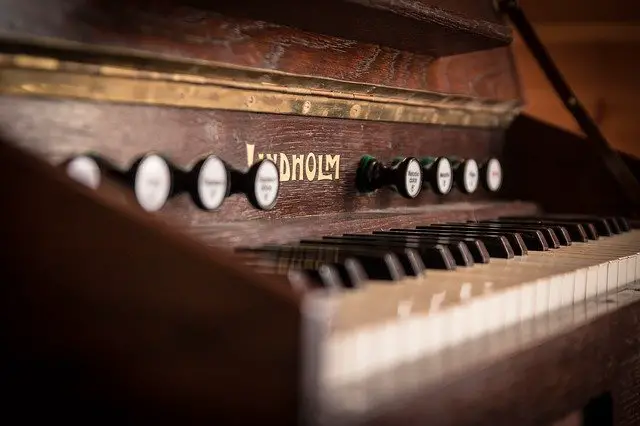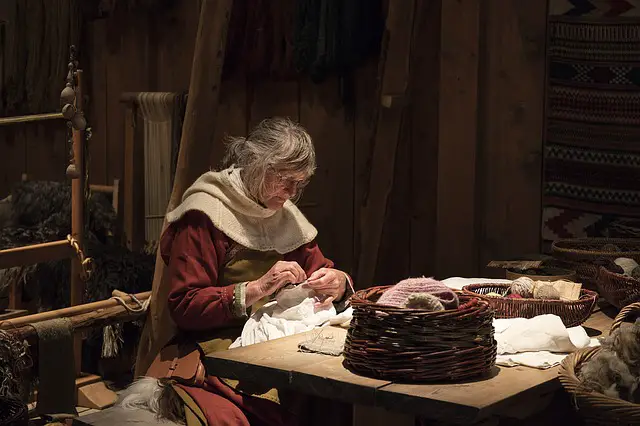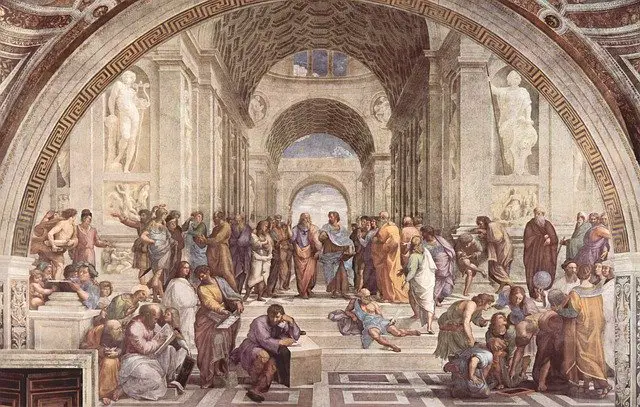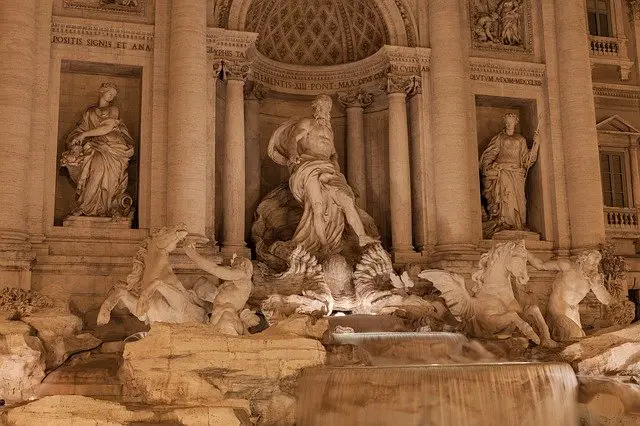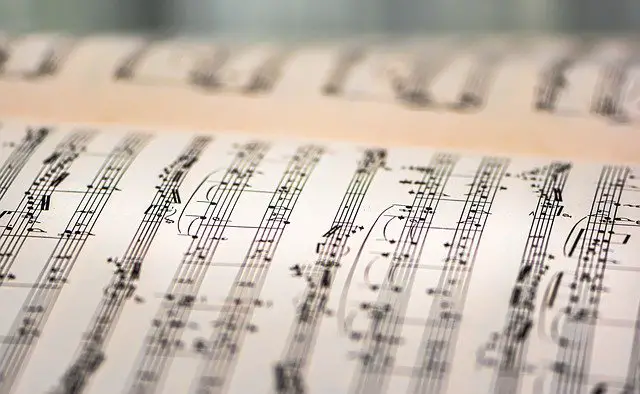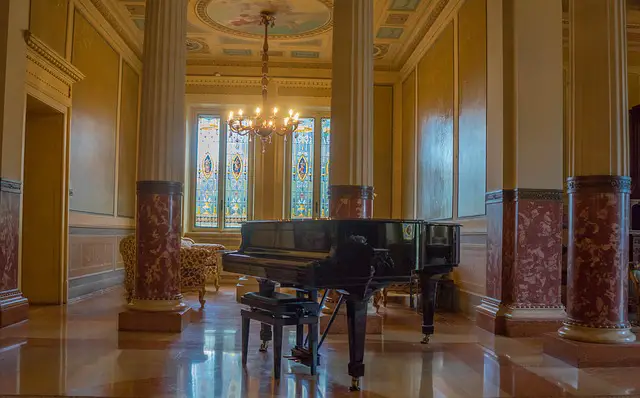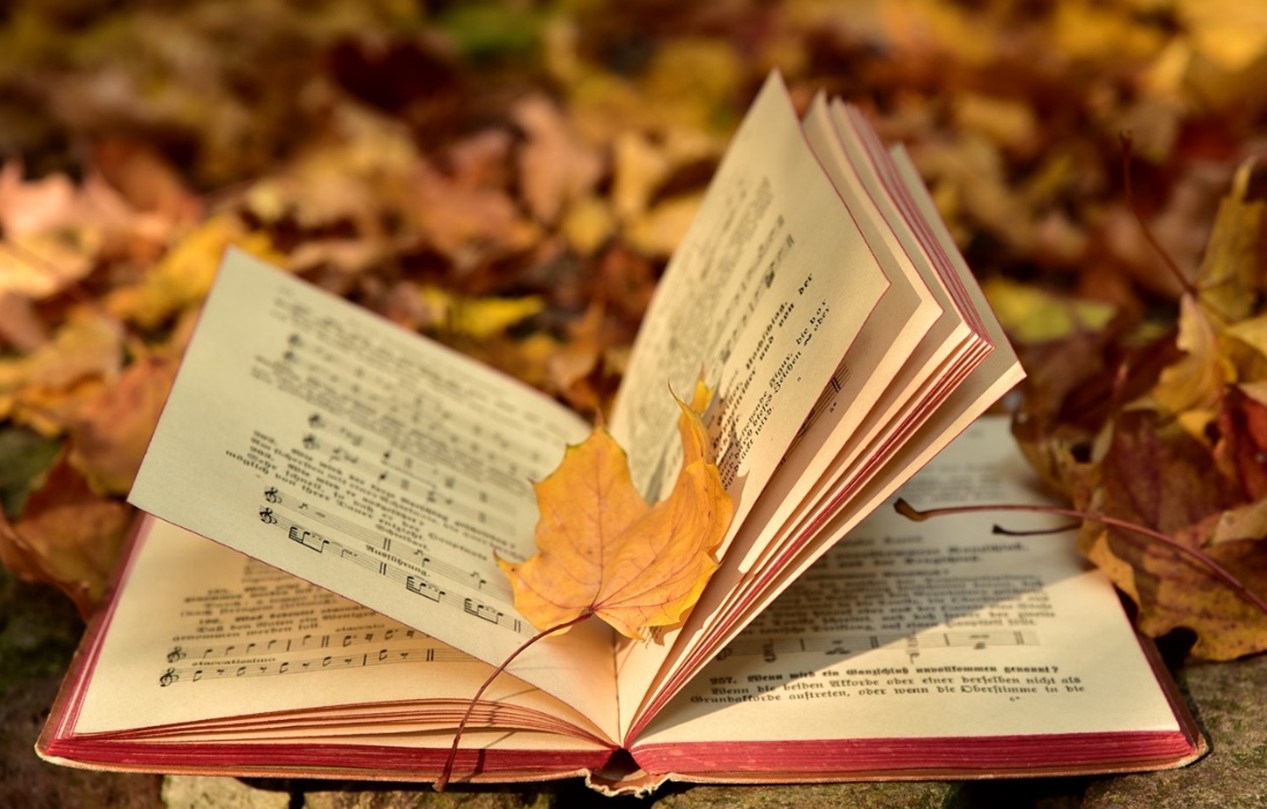
An Introduction To The History Of Music
Music history has played an important role in the evolution of humans, possibly even before we were able to speak. Early man made primitive flutes out of animal bones and used stones and wood as percussion, according to significant evidence.
In our distant ancestors, the voice would have been the first and most natural form of expression, used to bond socially or comfort a sleepless child. The music we listen to today evolved from these humble beginnings.
As we progress through the history of music, we see more evidence of its importance in both sacred and secular settings, though the distinction between the two was not made until many years later.
Contents
Music History
The Greeks and later the Romans combined influences from the west and east in their pre-Christian music. Traveling musicians may have brought a wealth of diversity and invention to musical practices and conventions.
Surviving Greek notation from this era of music history has provided scientists and musicologists with crucial information about how the music of the time may have sounded. It certainly hints at significant connections to subsequent music, perhaps most noticeably through the use of modality in Greek music.
We have learned about the instruments used in Roman and Greek times and their significance to the cultures from frescoes and some written accounts, including the Bible. The trumpet is an instrument of great pomp and ceremony, or the lyre is a vital component of poets’ songs.
Monasteries and abbeys became places where music became embedded in the lives of those devoted to God and their supporters across Europe beginning in the early 1st century.
Christianity had taken root, and with it came a new liturgy, which necessitated the creation of new music. Despite the fact that early Christian music had its roots in the Hebrew people’s practices and beliefs, what emerged from this was to become the foundation for sacred music for centuries to come. The chants were composed in such a way that they faithfully followed the sacred Latin texts in a manner that was tightly controlled and dedicated solely to God’s glory. The music was very much in service to the words, with no flourishes or frills.
Pope Gregory (540-604 AD) is credited with advancing sacred music by developing what is now known as Gregorian Chant, which is distinguished by the haunting sound of the open, perfect fifth.
Although there is some debate about this claim, the name has stuck, and the music remains distinct and vital as it shifts away from plainchant and in front of polyphony. This, in turn, harkened back to earlier times and customs, particularly in Jewish music, where a static drone was frequently used to support a second vocal line.
Medieval Period
As we move forward in musical history, we reach the Medieval Period, which can be roughly defined as the period from around 500 AD to the mid-fifteenth century. Music was a dominant art form in taverns to cathedrals at this time, and it was practiced by kings and peasants alike. The sound of music became increasingly familiar during this extended period of music. This is due in part to the evolution of musical notation, much of which has survived and provides us with a window into this fascinating period.
It is possible to piece together an image of a vibrant culture that ranges from the sacred to the secular from the written music that survives from monasteries and other important accounts of musical practices. Throughout the Middle Ages, music gradually began to adopt increasingly complex structures and devices, producing works of immense beauty and devotion.
Many of the musical forms we actually recognize today were invented by Hildegard von Bingen and Perotin, including the motet and the sacred Mass. The madrigal, which often reflects the moods and feelings of the people of the time, appeared alongside these important forms. Its mesmerizing and delightful polyphonic form is both enchanting and delightful.
Renaissance Period
Instruments were created based on the composer’s imaginations. Medieval music was accompanied by a wide range of wind, brass, and percussion instruments, though the human voice still dominates many of the compositions. We see the emergence of instrumental parts in their own right towards the end of the high medieval period, which pave the way for many musical styles in the following period: the Renaissance.
Before passing this period of music, the Troubadours and Trouveres must be mentioned. On their journeys across Europe and further afield into Asia, these traveling narrators and musicians covered vast distances. They told stories, sang ballads, and, perhaps most importantly, they decided to bring influences from all over the world that blended seamlessly with western musical cultures.
In the history of music, the Renaissance (1450– 1600) was a golden age. The Renaissance composers forged a new path forward, freed from the constraints of Medieval musical conventions. Josquin des Prez is regarded as one of the greatest masters of the polyphonic style among early Renaissance composers, frequently combining multiple voices to create elaborate musical textures.
Later composers such as Palestrina, Thomas Tallis, and William Byrd built on des Pres’ ideas, producing some of the most beautiful motets, masses, chansons, and instrumental works. Although there were strict rules governing the use of dissonance, the expressive characteristics of Renaissance music were virtually unrivaled.
With the acceptance of instrumental pieces into the repertoire, we see the development of instruments such as the bassoon and trombone, resulting in larger and more elaborate instrumental categories.
Composers now have far more freedom to explore and express their creative ideas than they did previously. Along with the development of each easily recognizable family of instruments, such as percussion, strings, woodwind, and brass, the viol family was built to provide a very specific, haunted quality to much of the music of the time.
In time, keyboard instruments became more common, and the sonata was born. The toccata, canzona, and ricercar, to name a few, were popular instrumental music forms derived from the Courtly dance.
Toward the end of the Era, the Church Modes began to fade away in favor of what is now known as functional harmony or tonality, which is based on a key system instead of modes.
Baroque Period
Some of the most famous composers and pieces in Western Classical Music can be found during the Baroque Period (1600-1760). Some of the most important musical and instrumental developments occur during this time. Since the Renaissance, Italy, Germany, England, and France have dominated the musical landscape, each influencing the other through conventions and style.
G F Handel, Bach, Vivaldi, and Purcell, among the many great composers of the time, provide an excellent introduction to the music of the period. Handel’s oratorio “The Messiah,” Vivaldi’s “Four Seasons,” Bach’s six “Brandenburg Concertos” and the “48 Preludes and Fugues,” and Purcell’s opera “Dido and Aeneas” are all composed during this glittering period.
Instrumental music was composed and performed alongside vocal works in the Baroque period, and both were equally important. In the Baroque period, the virtuosity that had begun among the elite Renaissance performers flourished. Consider Domenico Scarlatti’s keyboard sonatas or Vivaldi’s concertos written for his student performers. This, in turn, leads to significant instrumental developments, including the birth of the violin, big ups to Catherine Medici’s aristocratic support.
Common musical forms were established based on the principles of Renaissance composers, but they were expanded and developed in ways that they could not have imagined. The Suite, which includes contrasting rapid and slow movements such as the Prelude, Allemande, Gigue, Courante, and Sarabande, became a Baroque favorite. Concertos grew in popularity as a way for instrumentalists to show off their technical and expressive abilities.
The Mass remained a staple of vocal music, but it was joined by the Oratorio and Cantata, as well as anthems and chorales. In the Baroque period, opera becomes a well-established musical form and a vehicle for astounding expression and diversity.
Tonal harmony is becoming more popular, and the key system (major and minor) is being accepted in place of modality. This removes the boundaries of modes, allowing composers to create increasingly complex and expressive works with exciting polyphonic textures and dynamics.
These improvements are accompanied by notation, and we can see that the exactness of composers’ works is steadily improving, giving us a better chance of realizing their intentions in today’s performances.
Classical Period
We move from the Baroque to the Classical Era (1730-1820). Haydn and Mozart rule the musical landscape, and Germany and Austria are the period’s creative hotbeds. From the ornate Baroque period, Classical composers shifted away from polyphony and toward homophony, writing music that was simple, sleek, and measured on the surface.
The Piano is an important development. The early piano takes the place of the Baroque harpsichord, which was a more trusted and expressive instrument. Both Mozart and Haydn composed a large number of works for the piano, allowing the instrument to flourish during this time.
Chamber music coexisted with orchestral music during the Classical Era, with the String Quartet receiving special attention. The orchestra was well-established, and towards the end of the period, clarinets, trombones, and timpani were added.
The rise of the virtuoso performer was evident throughout this period of music, as evidenced by the numerous concertos and sonatas written during this time. During these decades, opera blossomed into a full-fledged musical form of entertainment that extended way beyond the Baroque composers’ wildest dreams.
Romantic Period
As the Classical Era came to an end, Beethoven was the most notable composer who contributed significantly to the transition into the Romantic Era (1780–1880). Beethoven’s immense genius shaped the next few decades by significantly redefining many of the Classical era’s established musical conventions. In his concertos, symphonies, string quartets, and sonatas, he uses the sonata form in a way that no other composer has done.
The quality and range of many instruments improved dramatically during the Romantic era, allowing composers to create more expressive and diverse music. Composers gave full and unbridled reign to their deepest emotions and dreams in musical forms like the Romantic orchestra, which became expansive landscapes where composers gave full and unbridled reign to their deepest emotions and dreams.
Berlioz’s “Symphonie Fantastique” or later Wagner’s massive operas are excellent examples of this. Along with Richard Strauss’ tone poems, Gustav Mahler’s symphonies stand like stone pillars of achievement at the end of the Romantic era. The Romantic period provides us with a diverse range of rich music that faded only towards the end of the nineteenth century.
It’s difficult to imagine what could come after such a triumphant, heroic period in musical history, but as we move into the twentieth century, the musical landscape changes dramatically.
In the works of Elgar, Shostakovich, and Arthur Bliss, echoes of the Romantic Era can still be heard in the twentieth century, but it is the music of France, which we call impressionism, that sparkles its way into our musical consciences
Debussy and Ravel are two of the most well-known representatives of this movement, which is similar to Monet and Manet’s paintings. The impressionists’ music harkens back to many of the Baroque’s popular forms, but in ways that Bach could not have predicted. The tonal system evolves to include a wider range of scales and Oriental influences, allowing composers to create some of the most beautiful works ever heard.
Both Ravel and Debussy composed extensively for the piano, taking inspiration from poetry. Their orchestral compositions are among the most wonderful and evocative ever worded.
Parallel to this, the Teutonic world began to undergo its own revolution in the form of Arnold Schoenberg’s second Viennese school. Schoenberg, dissatisfied with the confines of tonality, abandoned it in favor of a new twelve-tone serial system that gave each step of the chromatic scale equal musical validity. As a result, serial music became totally atonal, transforming the musical landscape in ways that had never been seen before.
Music FAQ’s
When and where was music invented?
The first bricks in the foundation of music theory were laid in Greece. In 350 BCE, Aristotle published scientific writings on music theory and devised a method of notation.
When did music first appear?
The music of prehistoric cultures was first firmly dated to the Upper Paleolithic c. 40,000 BP by evidence of bone flutes.
How does music change over time?
Natural selection can cause music to evolve. They discovered that the loops quickly evolved into music, which they attributed to the evolution of aesthetically pleasing chords and rhythms.
- Viola vs Violin – 5 Key Differences Between The Two Instruments - March 20, 2024
- 15 of the Most Famous Violinists of All Time (18th Century to Present) - March 20, 2024
- Full School Band Instruments List (Elementary / Middle / High) - March 18, 2024

